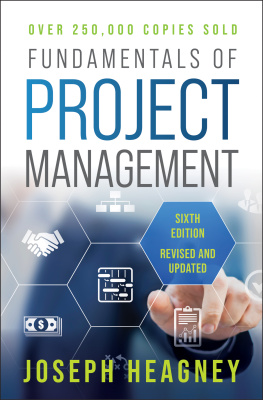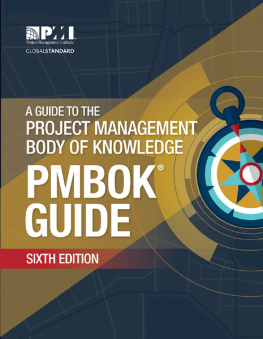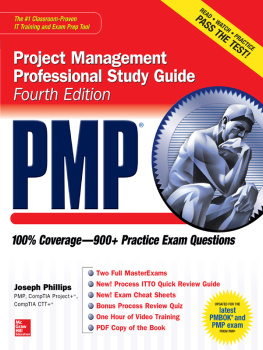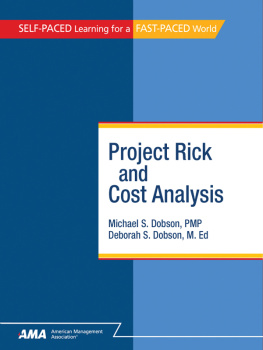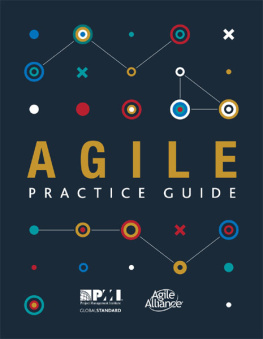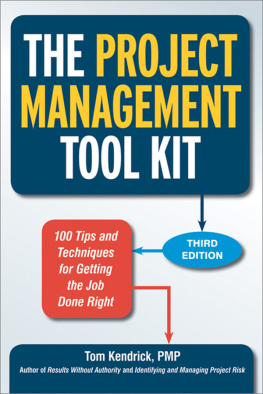2022 HarperCollins Leadership
All rights reserved. No portion of this book may be reproduced, stored in a retrieval system, or transmitted in any form or by any meanselectronic, mechanical, photocopy, recording, scanning, or otherexcept for brief quotations in critical reviews or articles, without the prior written permission of the publisher.
Published by HarperCollins Leadership, an imprint of HarperCollins Focus LLC.
Any internet addresses, phone numbers, or company or product information printed in this book are offered as a resource and are not intended in any way to be or to imply an endorsement by HarperCollins Leadership, nor does HarperCollins Leadership vouch for the existence, content, or services of these sites, phone numbers, companies, or products beyond the life of this book.
This publication is designed to provide accurate and authoritative information in regard to the subject matter covered. It is sold with the understanding that the publisher is not engaged in rendering legal, accounting, or other professional service. If legal advice or other expert assistance is required, the services of a competent professional person should be sought.
PMI and the PMI logo are service and trademarks of the Project Management Institute, Inc., which are registered in the United States of America and other nations; PMP and the PMP logo are certification marks of the Project Management Institute, Inc., which are registered in the United States of America and other nations; PMBOK, PM Network, and PMI Today are trademarks of the Project Management Institute, Inc., which are registered in the United States of America and other nations;... building professionalism in project management... is a trade and service mark of the Project Management Institute, Inc., which is registered in the United States of America and other nations; and the Project Management Journal logo is a trademark of the Project Management Institute, Inc.
PMI did not participate in the development of this publication and has not reviewed the content for accuracy. PMI does not endorse or otherwise sponsor this publication and makes no warranty, guarantee, or representation, expressed or implied, as to its accuracy or content. PMI does not have any financial interest in this publication, and has not contributed any financial resources.
Additionally, PMI makes no warranty, guarantee, or representation, expressed or implied, that the successful completion of any activity or program, or the use of any product or publication, designed to prepare candidates for the PMP Certification Examination, will result in the completion or satisfaction of any PMP Certification eligibility requirement or standard.
ISBN 978-1-4002-3532-2 (eBook)
ISBN 978-1-4002-3526-1 (TP)
Epub Edition AUGUST 2022 9781400235322
Library of Congress Control Number: 2016004879
Ebook Instructions
In this ebook edition, please use your devices note-taking function to record your thoughts wherever you see the bracketed instructions [Your Notes]
Use your devices highlighting function to record your response whenever you are asked to checkmark, circle, underline, or otherwise indicate your answer(s).
To Mom and Dadthe best
CONTENTS
Guide
T he year 2021 is past; it is 2022fantastic! It is time to focus on recovery, renewal, and superior project performance, on time, on budget, and with excellent deliverables. Unfortunately, organizations throughout the world will be absorbing the lagging impact of the pandemic, its economic fallout, and the normal rate of change that never changes, but seems only to accelerate. For project managers, recent events have added to our challenges. Pandemic-related recovery plans, project resource upheaval, as well as increased reliance on virtual teams will be on the agenda for most project managers in the coming years. The new edition of Fundamentals of Project Management will provide valuable information for project managers to navigate this challenging project world. There will be expanded focus on the Pulse of the Profession Report 2021 as presented by the Project Management Institute. Although many planned projects were put on hold, an increased number were completed on time and within budget while meeting their goals, compared with last years Pulse data. The report reflects other key trends in the world of project management and serves as an important guide for beginners and veterans alike. This sixth edition will address all of the above, and update data and processes presented in the fifth edition to guide you through this new decade.
The section has been enhanced by offering additional tools and tactics for effectively leading collocated project teams and communicating in a virtual environment. The trend continues for projects to include team members distributed throughout the state, country, or world. The pandemic of 202022, continued globalization, and the explosion of teleworking are presenting unique challenges for project leaders everywhere. Much has changed with project human resources stretched and in a constant state of flux, budgets slashed, and, in many cases, major shifts in high-level strategic plans affecting projects throughout the organization. Improved technology brings increased capability and challenges and requires adjustments to maximize the capability of the new tools. Shiny new project software does not manage projects, people do. This expanded section will offer best practices for the project manager to address these issues as well as traps to avoid in the new environment.
To address the project world of the 2020s, Project Recovery has been added to this edition as a new chapter. Effective recovery begins with an accurate assessment of the current state of the project. This enables project managers to understand priorities and maximize resources as the recovery road map is created. The FADE process provides structure for this map and is introduced here. This will be presented in the context of project management process and leadership. A confluence of the two is necessary for project managers to correct course and move forward. Successful recovery includes re-planning and managing the reset as one would any project; plan/schedule/control the recovery. Too many projects have been sucked into the vortex of a faulty fix with no idea regarding what happened or what to do about it. This chapter will provide crucial information for all project managers struggling with these challenges and will include a focus on managing risk during recovery. Always important, project risk management becomes indispensable in any project recovery effort to ensure that the cure is not worse than what ails the project. Project termination, that most difficult of project decisions, will conclude this timely and important chapter.
Why project management and why this book? Because the tools and techniques that one hones through project experience can be applied in any industry on any level, anywhere in the world. Start with the Fundamentals of Project Management, manage your projects accordingly, and you will be better equipped for success throughout your career.
J OSEPH J. H EAGNEY
August 2022
W hats all the fuss about, anyway? Since the first edition of this book was published, in 1997, the Project Management Institute (PMI) has grown from a few thousand members to over six hundred thousand worldwide and more than three hundred local chapters in 2021. For those of you who dont know, PMI is the professional organization for people who manage projects. You can get more information from the institutes website, www.pmi.org. In addition to providing a variety of member services, a major objective of PMI is to advance project management as a profession. To do so, it has established a certification process whereby qualifying individuals receive the Project Management Professional (PMP) designation. To do so, such individuals must have work experience (between thirty-six and sixty months leading projects, depending upon education), thirty-five hours of project management education/training (or CAPM certification), and pass an exam that is based on the
Next page
